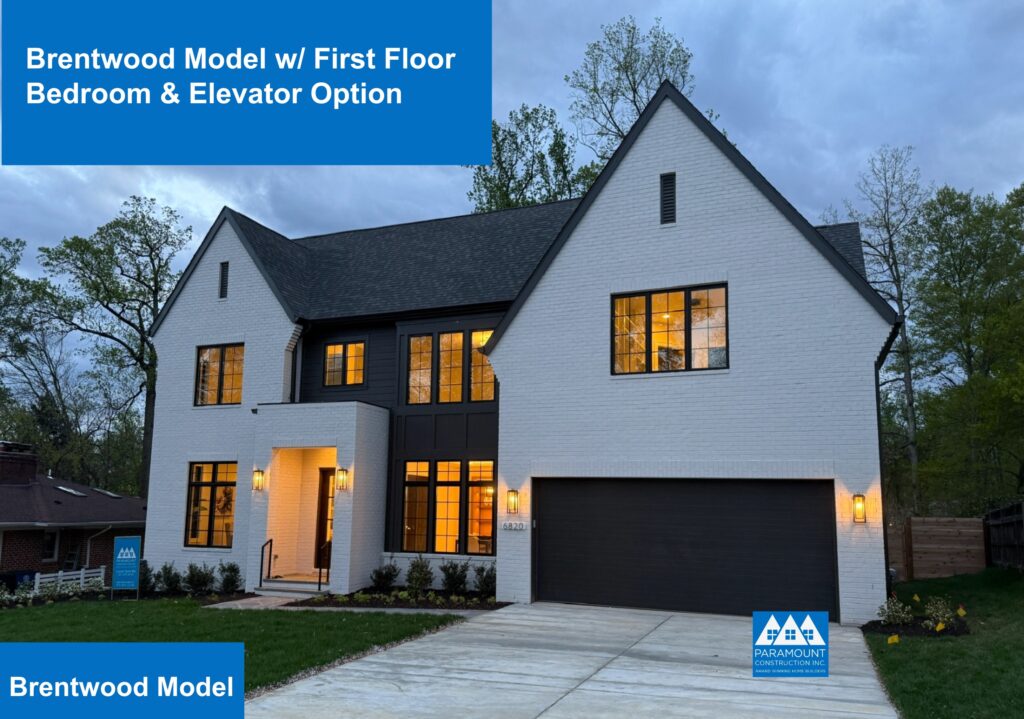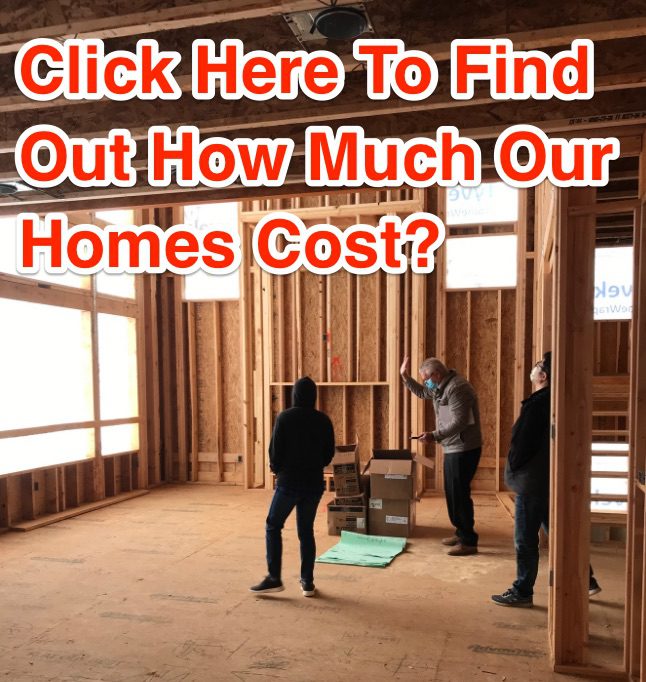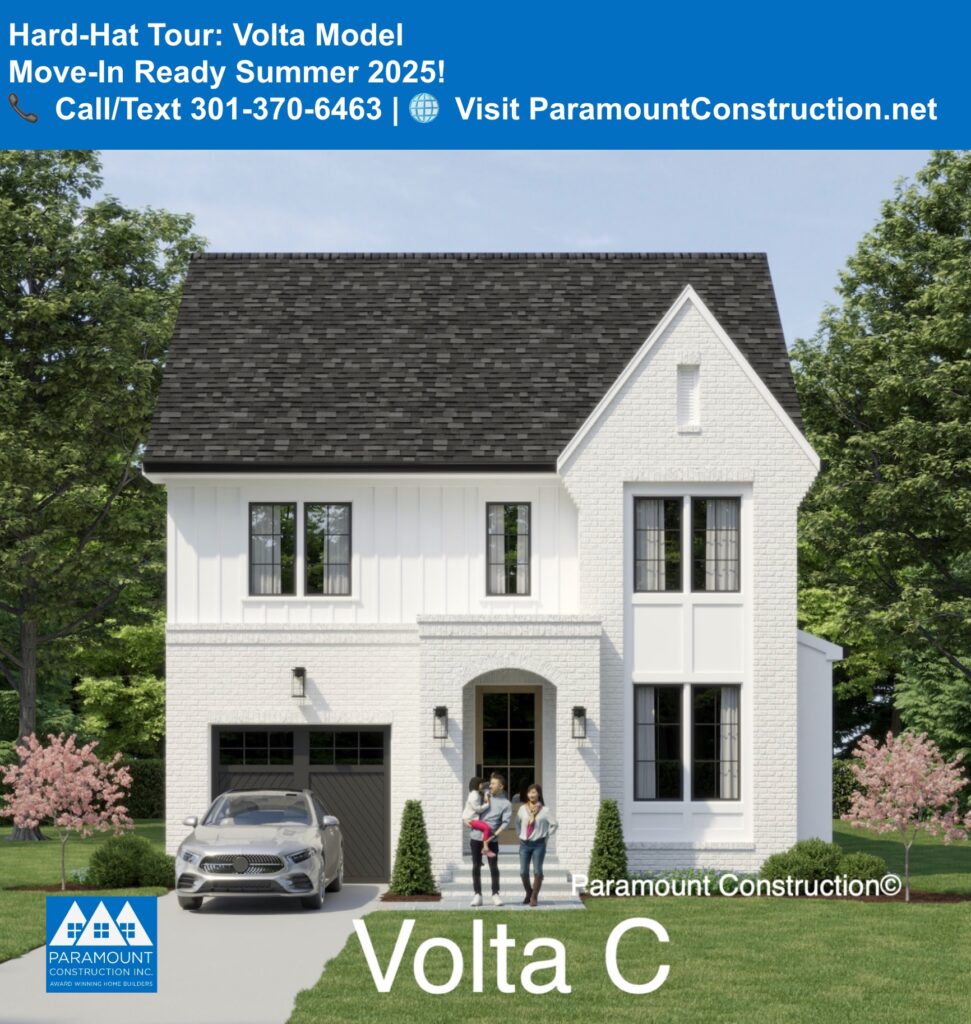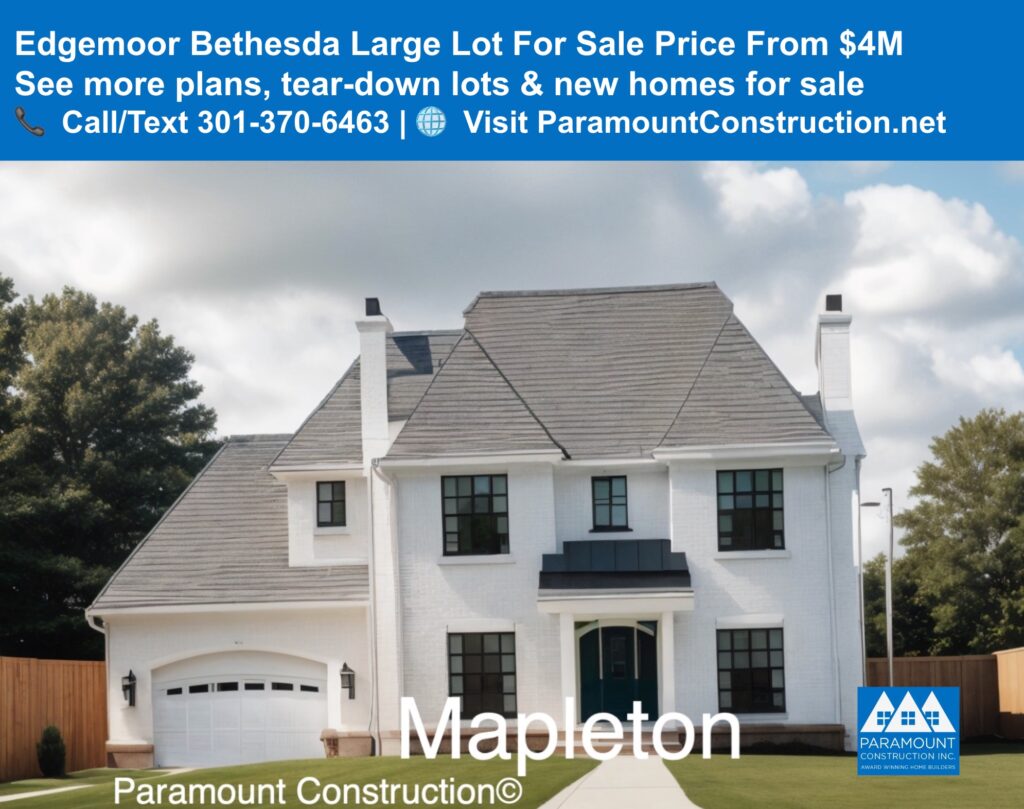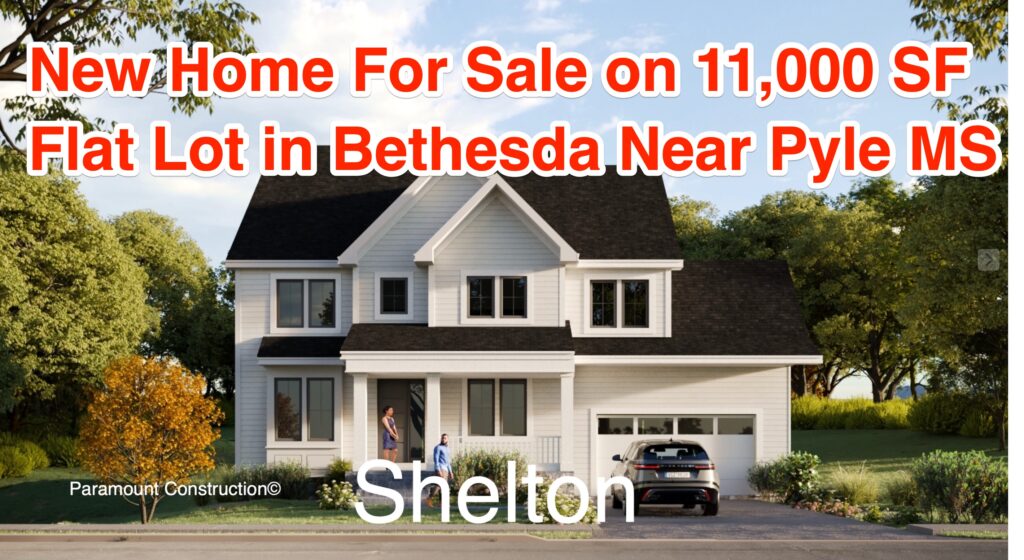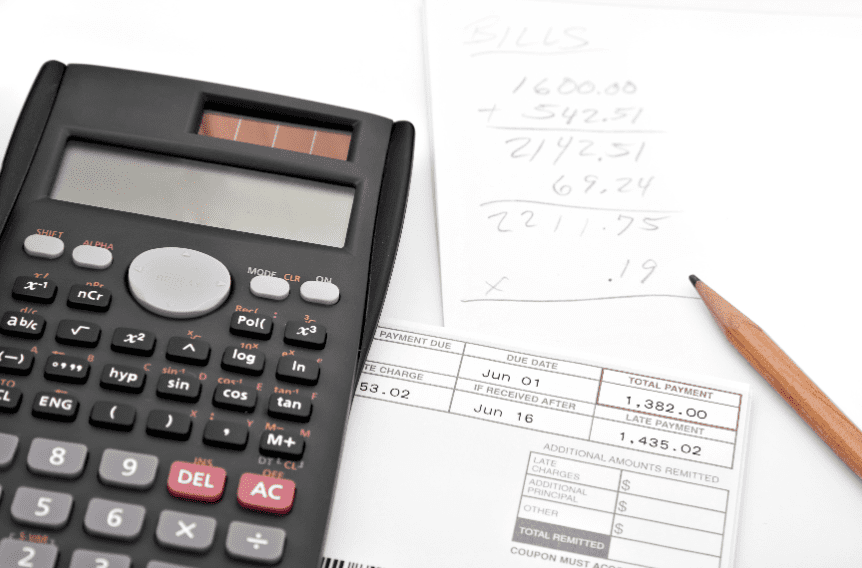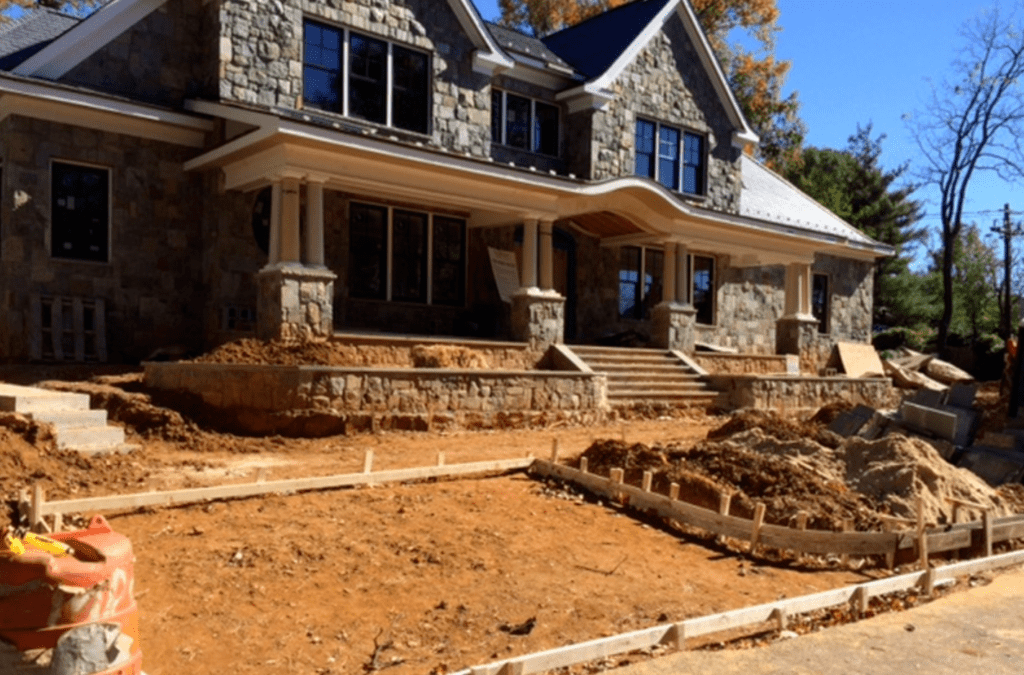Prefab panels for homes are quickly becoming a popular choice among today’s homeowners, as they offer numerous advantages over traditional panelized construction methods. Prefabricated wall and roof panels provide an efficient way to create energy-efficient homes that are also affordable, durable, and aesthetically pleasing. Furthermore, prefab home panels can help reduce the environmental impact of homebuilding by reducing waste and using materials more efficiently. In this article, we will explore some of the key benefits of using prefab panels for your home building project.

Prefab Panels for Homes in Bethesda, MD
Prefab wall panels are a type of building component that is built in a factory and then shipped to the job site. They are available in a variety of shapes and sizes.
They offer several benefits to homeowners and construction professionals alike. Here are just a few of the main ones.
1. Saves Time
One of the perks of building your own home is having a say in how it’s designed and built. You can control the process from concept to completion, including design elements like floor plans and lighting. For instance, you can select a color scheme and a material type that best suits your lifestyle. The result is a home that is unique and livable. It’s also environmentally friendly and low maintenance.
There are many prefab companies in Bethesda MD, so you can be sure to find the best fit for you. It’s also important to choose a company that’s well-established in your market. For example, modular housing companies that have been around for a few decades are likely to offer the best quality products. Choosing the right one will help ensure that you get the house of your dreams, on time and budget. You can be confident that you’ll be proud of your new home for years to come. To learn more about this unique and innovative building method, contact your local agent for a no-obligation quote and more information about the panelized homes in Bethesda, MD.
2. Lowers Costs
Prefab panels are a growing trend in construction, with designers praising the ability to save money while executing a sleek design. It’s also environmentally friendly, with fewer materials to haul and less waste. Prefab buildings have a “cool” factor that can be appealing to many homeowners, according to architect Robert Gurney.
Another big advantage of building a home with prefab panels is that they can be built at the same time as stick-built homes, says Michael Winn of Winn Design + Build in Falls Church, Virginia. He estimates that his company can cut the number of hours it takes to construct a custom home by 15 percent or more, which can add up to big savings over the life of the project.
But the process can be complicated, especially when it comes to finding a site and transporting the house. Transportation rules are often very strict, limiting the size of boxes that can be carried across states and into neighborhoods. In addition, utilities and topography can be issues that require a lot of planning.
In areas of the United States with high demand for homes, such as Washington, D.C., Northern Virginia, and Maryland, a prefab home can be a great investment. In these areas, the average dollar per-square-foot sales price for a prefabricated home can be much higher than the cost to build it.
The break-even point, however, is usually closer to $600 – $630 per square foot. That number varies depending on the neighborhood, but it’s a good place to start.
If you’re interested in learning more about the prefab home market, reach out to a local Bethesda real estate agent today. They’ll be able to help you find a property that meets your specific needs.
If you’re looking to buy a home in the Bethesda area, you can use our interactive map to view the latest Bethesda real estate listings for sale. We have a variety of tools to make your search easier, including filters for price, square feet, beds, and baths to narrow your search. Our team of local experts can also answer your questions about neighborhoods, schools, and the newest Bethesda listings for sale.
3. Environmentally Friendly
The Washington, DC metro area leads the way in terms of green home building and many residential construction companies are working hard to be as sustainable as possible. This is why many people in the area are choosing to build their homes using prefab panels.
The benefits of this type of construction are numerous and include a reduction in the amount of waste created during construction as well as less energy use because they are manufactured off-site. Additionally, they can be much cheaper to build compared to traditional, site-built homes which can make them an excellent choice for homeowners.
Another benefit of a Prefab Paneled Home is that it allows for an increase in the amount of insulation used. The insulation is often a mixture of insulated foam and structural insulating panels (SIPs) which allow the home to be built quickly and efficiently while also ensuring that the energy costs are significantly lower than with traditional, site-built homes.
These homes are becoming more popular for many reasons including their efficiency and a decrease in the number of materials needed to construct them. The biggest draw is that they can be completed in a shorter amount of time than traditional, site-built homes which results in less money being spent on labor and materials.
When looking at the cost of a prefab home it is important to consider the location of where you want to live. This will help you determine whether or not it is worth the extra money to purchase a prefab home.
Some neighborhoods are more expensive than others in the Washington, D.C., and Northern Virginia areas to build a home. This will make it even more important to consider the affordability of a prefab home if you are considering buying one in this part of the country.
The price of a prefab home can vary depending on the size and complexity of the house. However, most prefab homes start at around $600 per square foot and can range up to $630 per sq ft in some cases.

4. Easy to Assemble
The best part about building your new home in a factory is that the process is completely hands-off. All of the pieces to your new prefab home are shipped to your new homesite from the manufacturer, where they will be assembled in the most hygienic manner possible.
Unlike traditional site-built homes, which can be a time-consuming, costly process, modular construction uses state-of-the-art manufacturing technology to ensure your new home is built right the first time around. The result is a high-quality home that will stand up to the test of time.
Another advantage to using modular construction is that it allows you to choose the floor plan you want for your new home. Most modern manufacturers offer hundreds of designs to choose from, including floor plans that are tailored to your family’s needs and your lifestyle. You may check here CNN’s post about Prefab designs.
One of the top reasons for choosing a modular home is that they are often more energy efficient than traditional site-built houses. Many manufacturers use energy-efficient insulation in their insulated panels, which reduces the amount of electricity your new home uses and saves you money over the long haul.
5. Customization
Prefab homes are a great way to get a new home with all the amenities without paying a fortune. They’re also an easy way to customize a home for your family’s needs. For example, you can add a garage or extra storage space. You can even make your modular home more energy-efficient by adding a structural insulated panel (SIP) system to the building.
However, there are some obstacles to consider when planning your home. First, you’ll need to find a site that can accommodate the size of the pieces that make up your home. This can be difficult in many locations, particularly neighborhoods with trees and power lines that may block the trucks’ routes to the house. Additionally, state transportation rules may limit the size of the pieces that can be delivered to the site.
Prefab panels offer several advantages for homeowners looking to build their dream homes. From faster construction times, greater cost savings, and improved energy efficiency, these panels represent an ideal solution for those who want to save time and money on the building process. Additionally, with enhanced durability and reduced maintenance costs, it’s easy to see why more people are turning towards this technology as they look to construct their perfect property. Prefabricated panel homes have become increasingly popular in recent years due to all the benefits they bring; if you’re considering buying or building one of your own, make sure you take advantage of reading this post!
